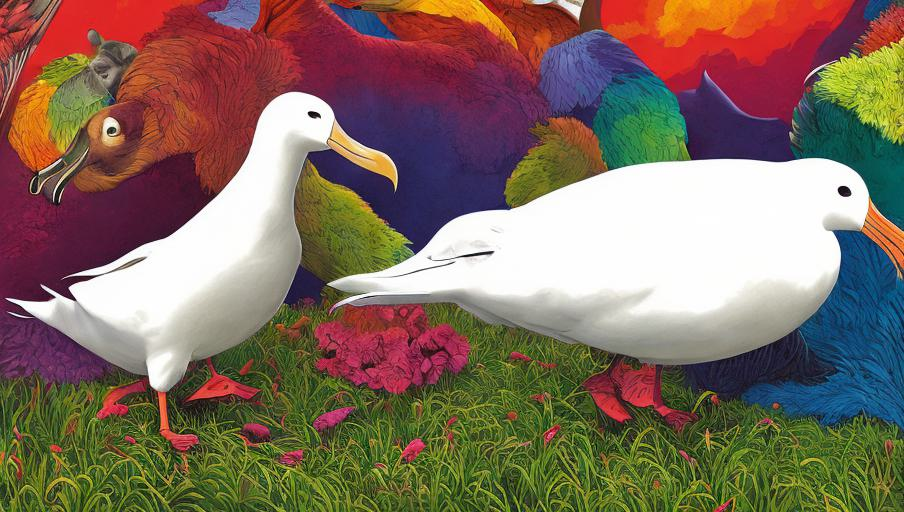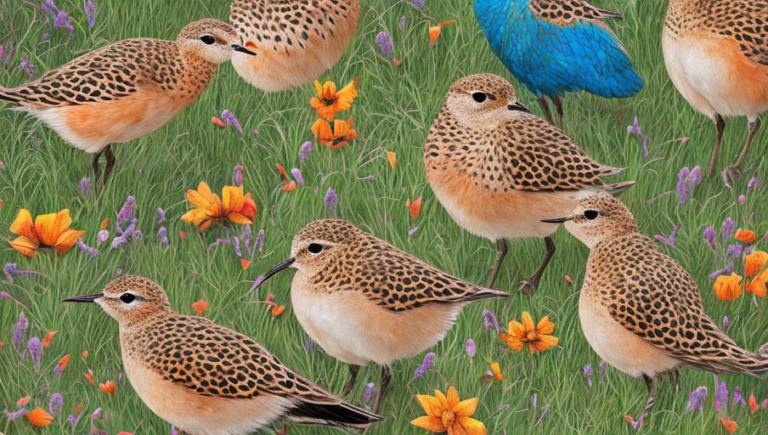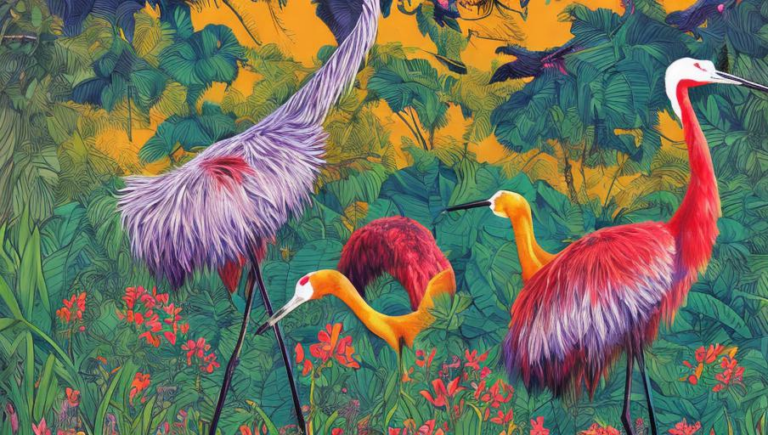Adaptation and Survival Strategies of the Albatross

Adaptation and Survival Strategies of the Albatross
The albatross is an iconic seabird found in the southernmost parts of the world, and is known for its impressive long-distance migrations. Albatrosses are among the most intelligent birds and have complex adaptations that have allowed them to survive in extreme conditions.
Migration
Albatrosses are known for their impressive migratory capabilities. They can fly for days and even weeks without rest, and cover thousands of miles in a single journey. These long-distance flights are enabled by their long wingspan, which allows them to soar on the wind currents. They are capable of reaching speeds of up to 70 mph.
Foraging Strategies
Albatrosses are opportunistic feeders and will take advantage of any available food source. They typically feed on small fish, krill, and squid, but will also eat carrion and scavenge for discarded ship waste. To find food, they will use their keen eyesight and sense of smell to locate prey. They also have the ability to dive from the air into the water to catch their prey.
Social Behavior
Albatrosses form strong social bonds and live in large colonies. They spend their days in the air, but will come to land during the breeding season. They mate for life and will often return to the same nesting site each year. They are also very social and will engage in activities such as preening each other’s feathers and playing games.
Nesting and Care of Young
Albatrosses build nests of mud, grass, and twigs on the ground. Females typically lay one egg, and both parents share the responsibility of incubating the egg. The egg hatches after 65-80 days and the chick is cared for by both parents. The chick is fed regurgitated food, which is usually a mixture of squid, krill, and fish. The parents will stay with the chick until it is ready to fly, which can take up to a year.
Threats and Conservation
Albatross populations have decreased in recent years due to a variety of human-related activities such as overfishing, pollution, and climate change. In addition, birds are also threatened by long-line fishing, which can cause them to become entangled in the lines and drown. To help protect albatrosses, governments and conservation organizations have established marine protected areas, which restrict certain activities and provide safe havens for the birds.
Conclusion: Albatrosses are beautiful and unique birds that are adapted to survive in the harshest of conditions. Their impressive migratory capabilities, foraging strategies, social behavior, and nesting habits are just a few of the reasons why they are so successful. Unfortunately, they are also facing threats from human activities, and it is up to us to protect them and their habitats.





